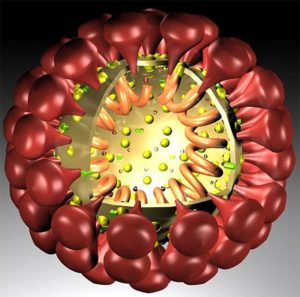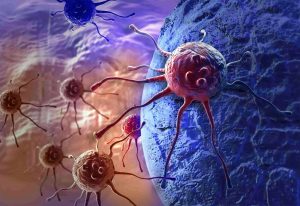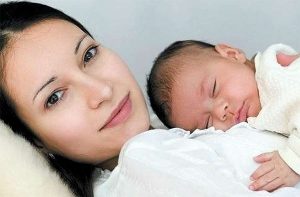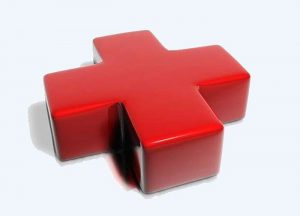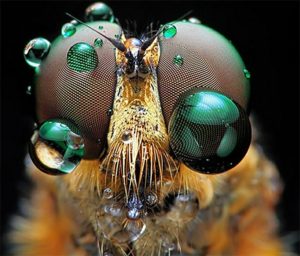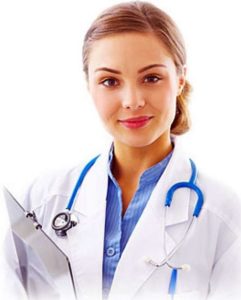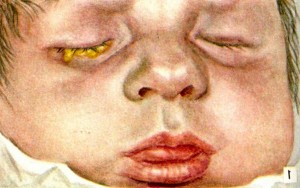Coronaviruses (original article in Russian language – Коронавирус) (the term comes from the Latin Coronaviridae) are a family that includes, as of January 2020, 40 species of RNA — containing viruses, United in two subfamilies that affect humans and animals. The name is associated with the structure of the virus, whose spiny appendages resemble a crown.
The coronaviruses include:
- The SARS-CoV virus is the causative agent of SARS pneumonia, the first case of which was registered in 2002;
- MERS-CoV virus is the causative agent of the middle East respiratory syndrome, an outbreak of which occurred in 2015;
- The 2019-nCoV virus is responsible for a new type of pneumonia outbreak in 2019-2020.
Human coronavirus was first isolated in 1965 from SARS patients. Sources of coronavirus infections can be a sick person or animals. Possible transmission mechanisms: air-drop, air-dust, fecal-oral, contact. The incidence increases in winter and early spring.– Далее –
